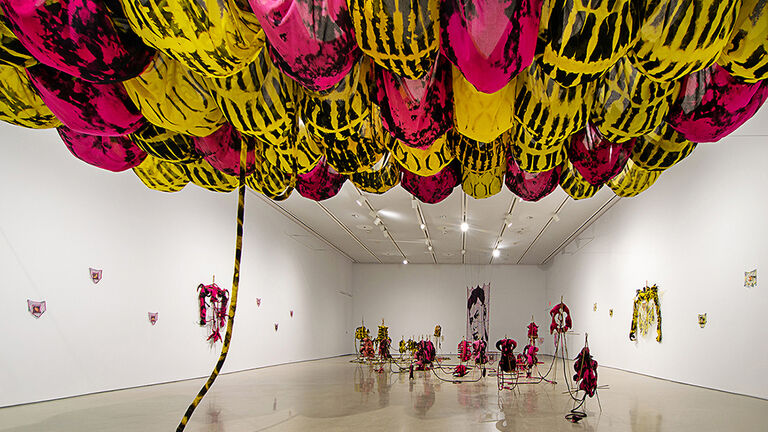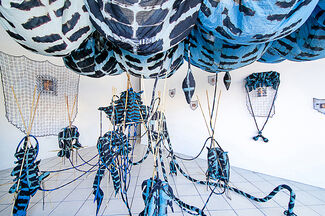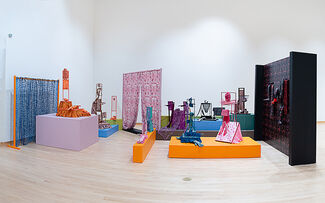

Jade Yumang
Associate Professor
Contact
Bio
Jade Yumang (he/they) was born in Quezon City, Philippines, grew up in Dubai, United Arab Emirates, immigrated to unceded Coast Salish territories in Vancouver, BC, Canada, and has been living in the traditional unceded homelands of the Council of the Three Fires in Chicago, IL. They earned an MFA with Departmental Honors from Parsons School of Design in 2012 and a BFA with Honors from the University of British Columbia in 2008.
Education: BFA Honors, 2008, University of British Columbia, Vancouver, Canada; MFA with Departmental Honors, 2012, Parsons School of Design, New York. Exhibitions: Western Exhibitions, Chicago; Art-in-Buildings, Time Equities Inc., New York; CIRCA Art Actuel, Montreal; SHED Projects, Cleveland; Leslie-Lohman Museum of Art, New York; Craft Contemporary, Los Angeles; John Michael Kohler Arts Center, Sheboygan; Des Moines Art Center; Anthology Film Archives, New York. Publications: The Journal of Modern Craft; Queer Threads: Crafting Identity and Community. Bibliography: Artforum; Canadian Art; Metropolis; Newcity Art; Art Canada Institute. Awards: Illinois Arts Council; multiple Canada Council for the Arts; multiple BC Arts Council; Fire Island Artist Residency; Lower Manhattan Cultural Council Swing Space Residency; Studios at MASS MoCA; Bemis Center for Contemporary Arts.
Personal Statement
Jade Yumang examines how queer optics permeate into a culture, and how that is absorbed, embodied, repeated, and eventually materialized into deviating forms through various techniques to convey notions of phenomenology, affect, and “queer” as a process. This strategy is usually executed through three-dimensional, site-specific installation, and performative work to see how the body resists or submits through materiality and technique vis-à-vis obsessive acts, strict parameters, and discipline. They look at flickers of resistance by outlining historical amnesia, myths, scandal trials, obscenity laws, love, kinship, joy, film tropes, and pornography. He kindles these moments through meticulous techniques and creates abstract shapes that initially originate from a corporeal source. Typically, these ideas are tackled through a large series to tease out their formal qualities with the context that repetition creates differences and asserts a constant change. They primarily use fiber techniques because of their reliability on tension and force to develop strong and resilient materials while being soft and pliable, much like the body looking for release.




